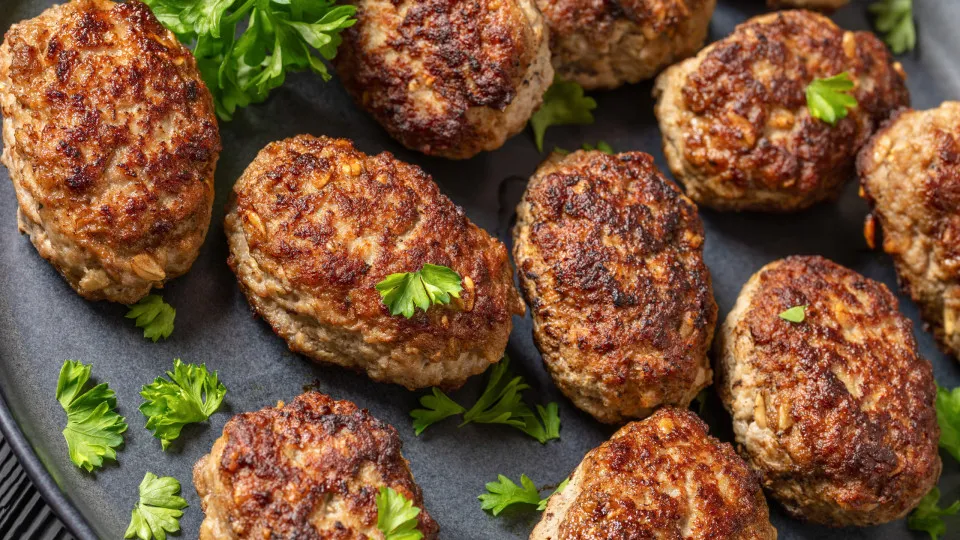Counterfeit food is a multibillion-dollar industry. Every day, consumers are tricked into buying mislabeled and adulterated foods without even noticing it. Not only are these products of a poorer quality, but some can actually be harmful to your health. Not to mention that you're paying the price tag of the real thing!
But what are the most commonly counterfeited food products in the world, and can you tell the difference? Click on to find out.



